Haltech Engine Management Systems are at the forefront of aftermarket vehicle performance, offering solid solutions so you, as a tuner, can optimize the performance and functionality of your engine. HPA's comprehensive guide to Haltech ECU tuning provides a step-by-step dive into engine calibration's intricacies, tailored for beginners and seasoned professionals new to the platform.
10-Step Haltech ECU Tuning Process
A lot is going on when setting up your aftermarket for the first time; it can be daunting. This 10-step systematic approach guides you on where to start and how to order your tuning tasks. It begins with the fundamental setup of your Engine Control Unit (ECU), progressing through detailed calibration stages, and culminates in real-world testing to confirm the precision of your tune.
This process is not just about making adjustments; it's about understanding the why and how behind the calibration changes you make to ensure that every rev and every run is optimized not just for performance but also for the best use of your time. Whether for a performance street car or a race-dedicated build, the HPA 10-step process is your roadmap to unlocking the full potential of your vehicle.
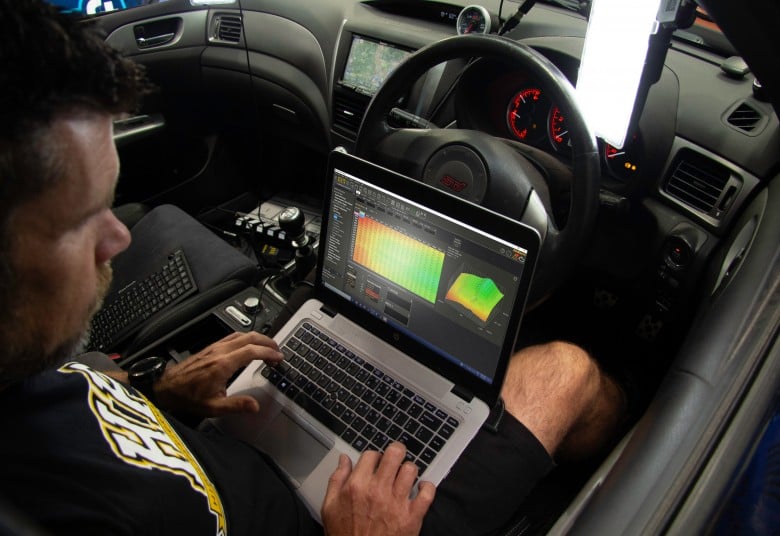
Step 1: Understanding ECU Configuration and Testing
Embarking on the journey of ECU tuning begins with a thorough configuration and testing phase. This foundational step ensures that the ECU is perfectly tailored to the specific needs of your engine, setting the stage for optimal performance.
Step 2: Trigger Setup
Precise trigger setup is critical for engine synchronization. Our guide details configuring the trigger signals, which are vital for accurate ignition timing and fuel delivery, resulting in a smooth and responsive engine operation.
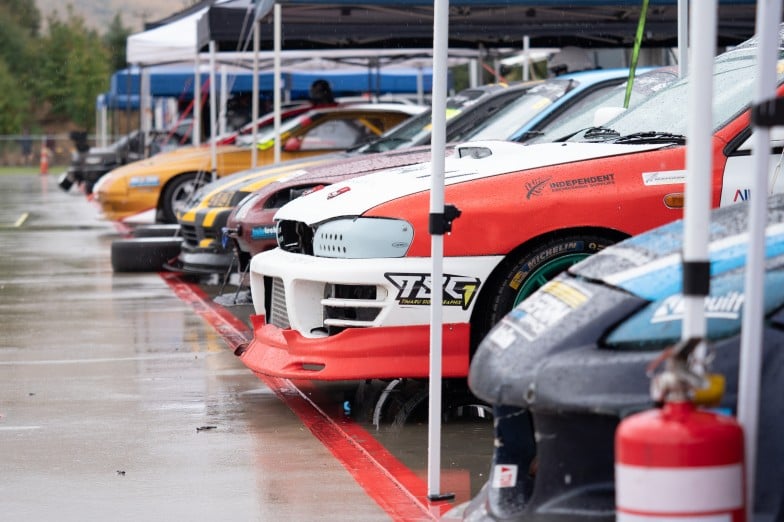
Step 3: Base Table Configuration
Initiating the tuning process requires an understanding of base tables. We delve into the essential parameters that need to be defined before tuning commences, providing a robust baseline map that guides the subsequent steps of the tuning process.
Step 4: Setting Base Ignition Timing and Fuel Pressure
Adjusting the base ignition timing and fuel pressure is a pivotal component of the tuning process. Our article outlines the methods to set these parameters correctly, forming the cornerstone of a well-tuned engine.
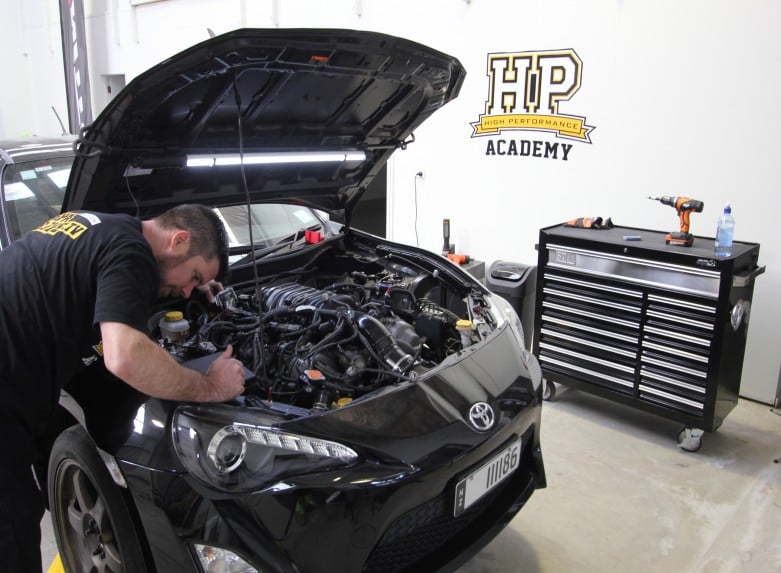
Step 5: The Initial Startup
The initial startup of your engine is a critical moment. We guide you through the process of bringing your engine to life for the first time, ensuring all systems are operating harmoniously.
Step 6: Idle Tuning
Achieving a stable idle is a sign of a well-tuned engine. Our in-depth analysis provides strategies for fine-tuning the idle parameters, guaranteeing a smooth and consistent engine idle.
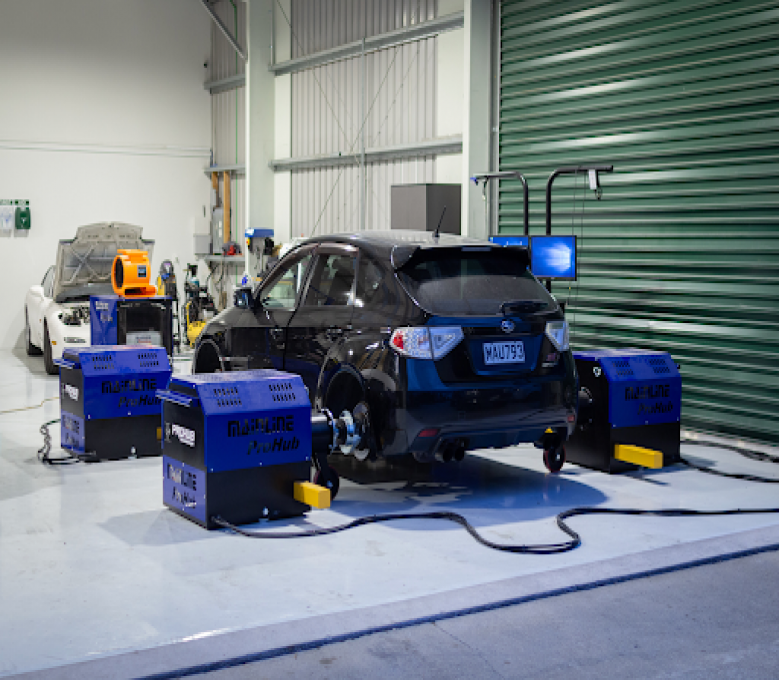
Step 7: Steady State Fuel Tuning
Steady-state conditions provide the perfect opportunity for precise fuel tuning. We offer expert insights into adjusting fuel maps to maintain optimal air-fuel ratios across the entire range of engine operation.
Step 8: Steady State Ignition Tuning
Optimizing ignition timing during steady-state operation can significantly enhance engine efficiency and power output. Our guide covers the advanced techniques required to fine-tune ignition maps for steady-state conditions.
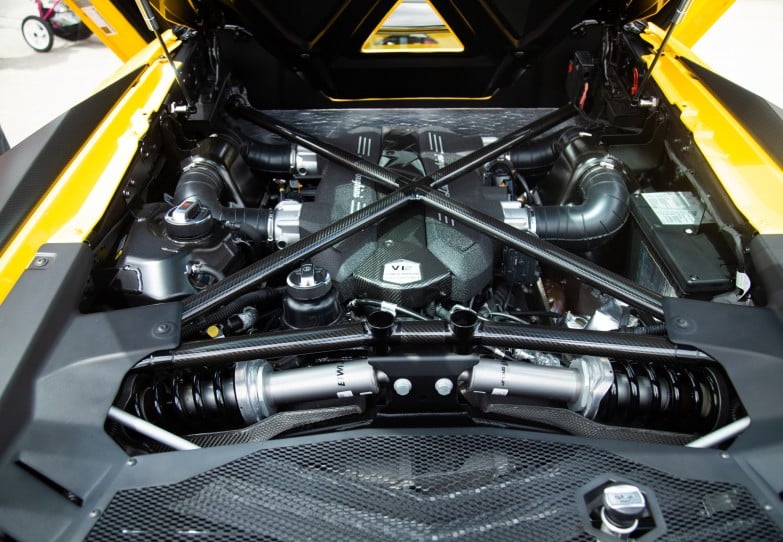
Step 9: Full Power Tuning
Full power tuning is where the engine's potential is fully realized. We cover the methods to tune fuel and ignition at high RPMs, allowing maximum performance and efficiency when the engine is pushed to its limits.
Step 10: Confirming Your Tune On The Road / Track
Test your finely tuned engine under real-world conditions, ensuring that the performance enhancements you've meticulously calibrated deliver the correct results in the desired way.
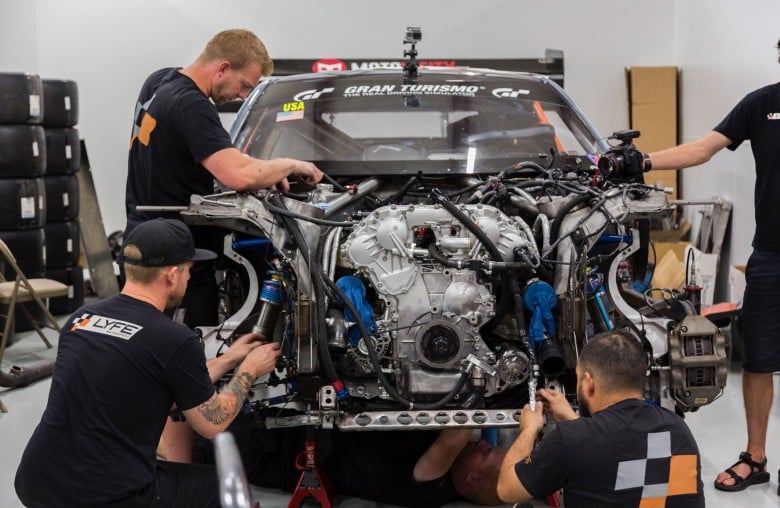
Learning Pathways
Beyond the Haltech-specific modules, our guide encompasses general standalone ECU tuning principles. These universal concepts apply to a variety of EFI vehicles and can be adapted for both road and dyno tuning. While it is a fantastic tool to use and leverage, you can get great results tuning without having dyno access.
We understand the complexity of ECU tuning and have structured a learning pathway that caters to both novices and experts. With over 100,000 individuals empowered to tune, build, wire and race their projects, our resources are proven and trusted in the tuning community.
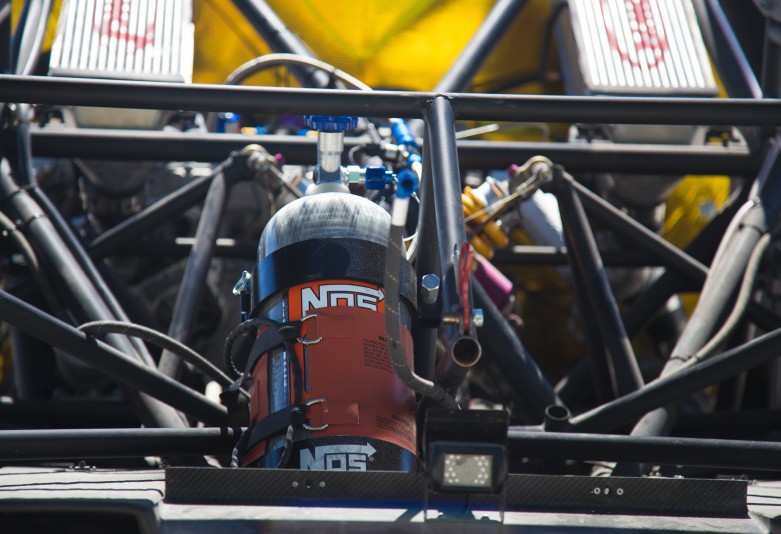
Conclusion
With this course material, you have access to a wealth of knowledge that will aid you in mastering the 10-step Haltech ECU tuning process. Whether aiming for improved road performance or seeking a competitive edge on the track, this course material is an indispensable tool for achieving your engine tuning goals. This online course material comes with lifetime access, a 60-day money-back guarantee, help from industry professionals when you need it and the ability to learn at your own pace with your own projects. You will learn how to tune your car the way you want!
Experienced tuners (30 tunes or more) new to the Haltech platform, grab the Practical Standalone ECU Tuning course here.
New tuning? Start your journey to becoming tuning a master with your comprehensive package deal here.
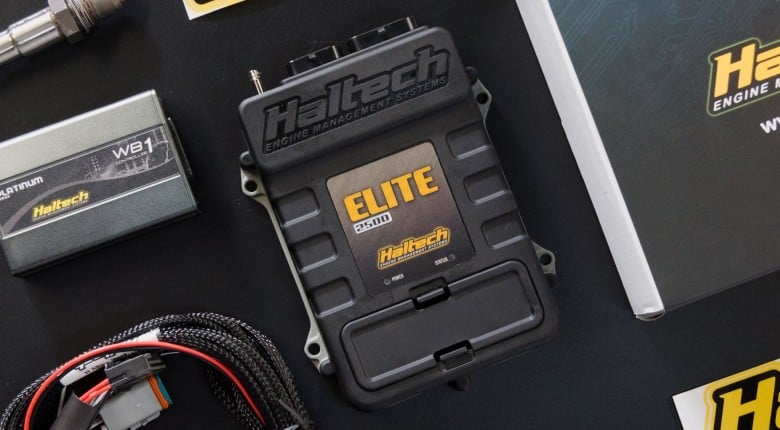






Comments
No one has commented on this page yet.